What is Polygon (POL)? Everything you need to know about POL Coin
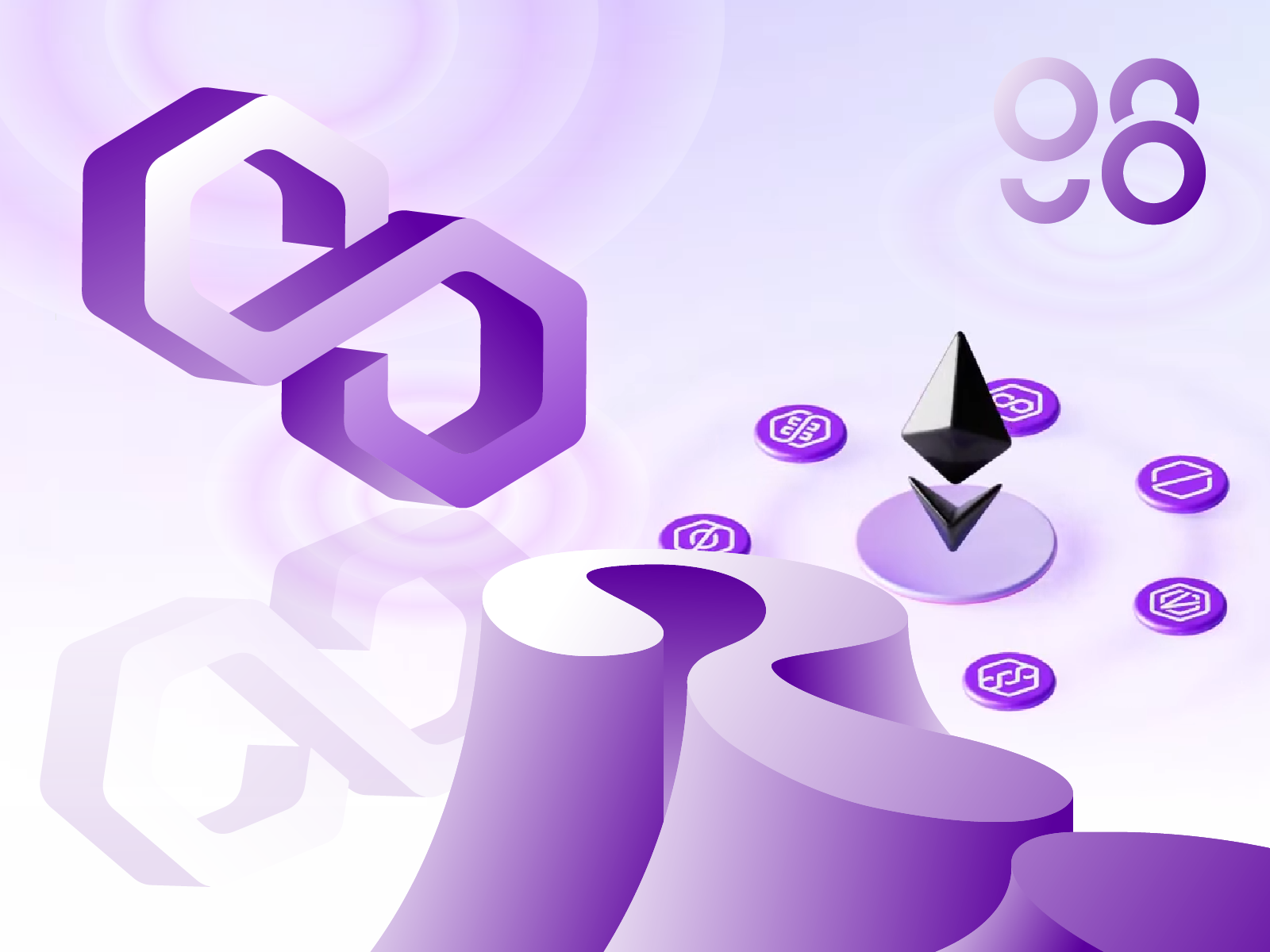
What is Polygon?
Polygon is known as Ethereum's Internet of Blockchains. It acts as a framework for connecting Ethereum-compatible chains. Polygon solves the scalability problem of Ethereum when the cost and time for each transaction on Ethereum are incredibly high.
We may also hear about the “Internet of Blockchain” concept from other chains such as Polkadot, Cosmos, and Avalanche. But unlike these Layer-1 chains, Polygon is the side-chain of Ethereum, so Polygon fully benefits from the network effect of Ethereum.
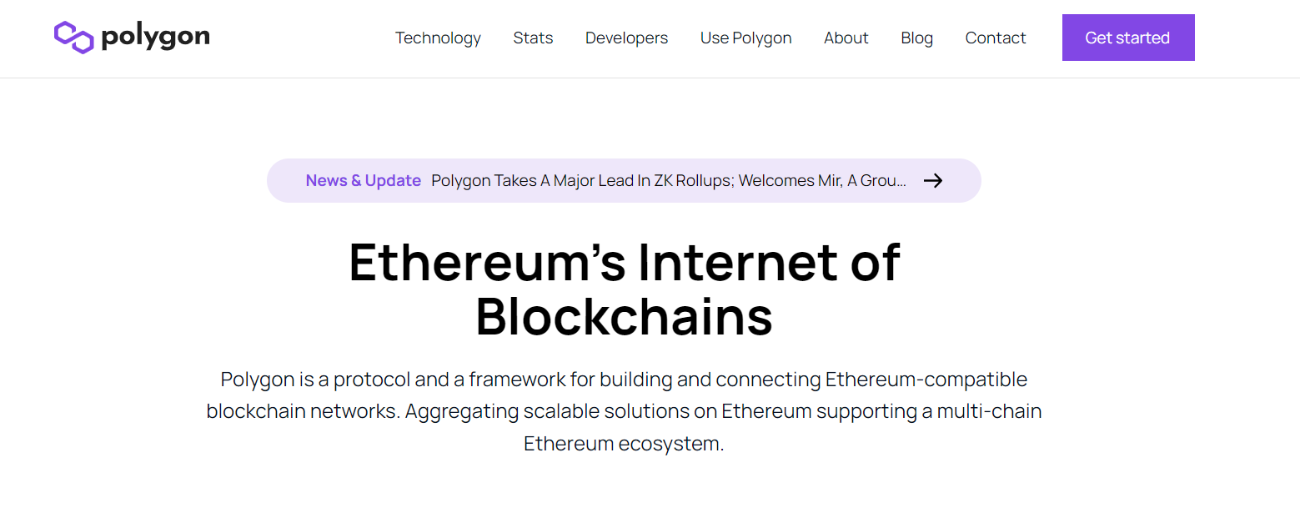
How does Polygon work?
Architecture
The architecture of Polygon contains 4 layers: Ethereum layer, security layer, Polygon networks layer, and Execution layer.

Ethereum layer: Polygon can maximize the network’s security by utilizing the Ethereum layer, one of the market’s most secured blockchains. This layer plays a critical role in executing the fundamental tasks such as finality/checkpointing, staking, dispute resolving, and message relaying.
Security layer: To further strengthen the network’s security, Polygon architecture includes a security layer. This layer is responsible for managing validators and checking the validity of any Polygon chain.
Polygon networks layer: This is a group of all sovereign blockchains in the Polygon network. Each of them serves its own community and has functions in transaction collation, local consensus, and block production.
Execution layer: As the name suggests, this layer is responsible for executing all transactions agreed upon by the previous layers.
Thanks to this architecture, Polygon has some outstanding features:
- Security: highest security ensured by the Ethereum network.
- Scalability: thanks to scalable consensus algorithms.
- Developer Experience: Polygon uses the same language as Ethereum, so developers are not required to learn a new language.
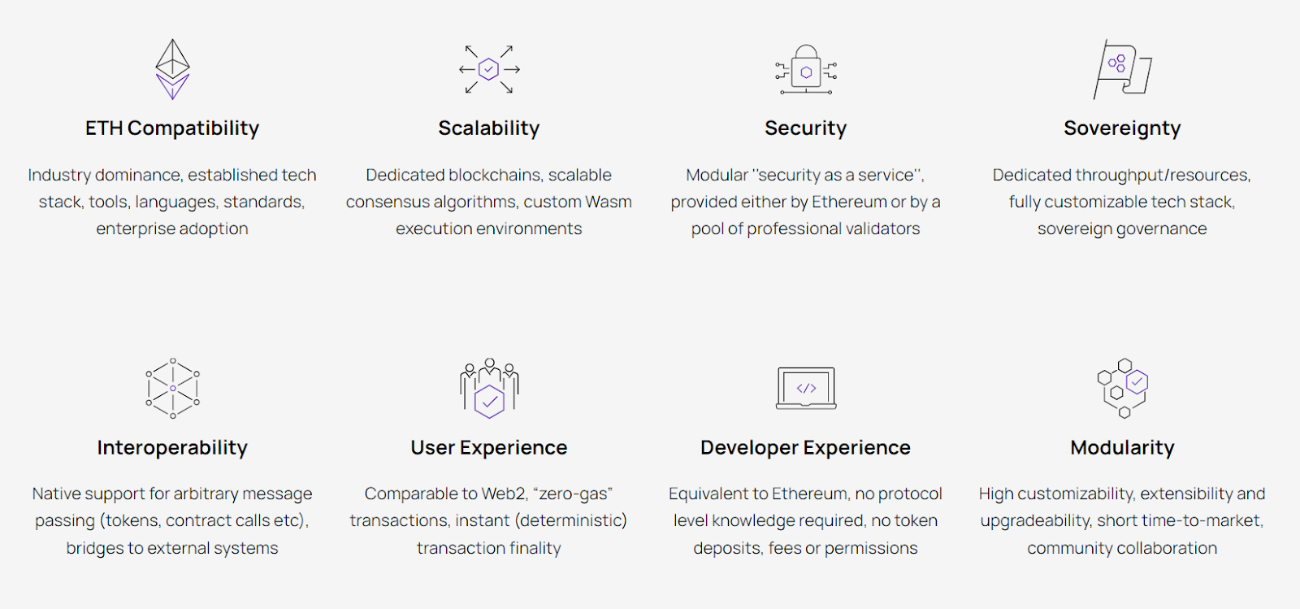
Polygon Chains
Polygon supports 2 primary chains: Secured Chains and Stand-alone Chains.
Secured Chains: Are chains that use “security as a service” instead of having their own pool of validators. These chains have high levels of security but low levels of independence and flexibility. Two secured chains that have been live are Polygon PoS and zk Rollups, Optimistic Rollups, and Validum Chains are coming soon.
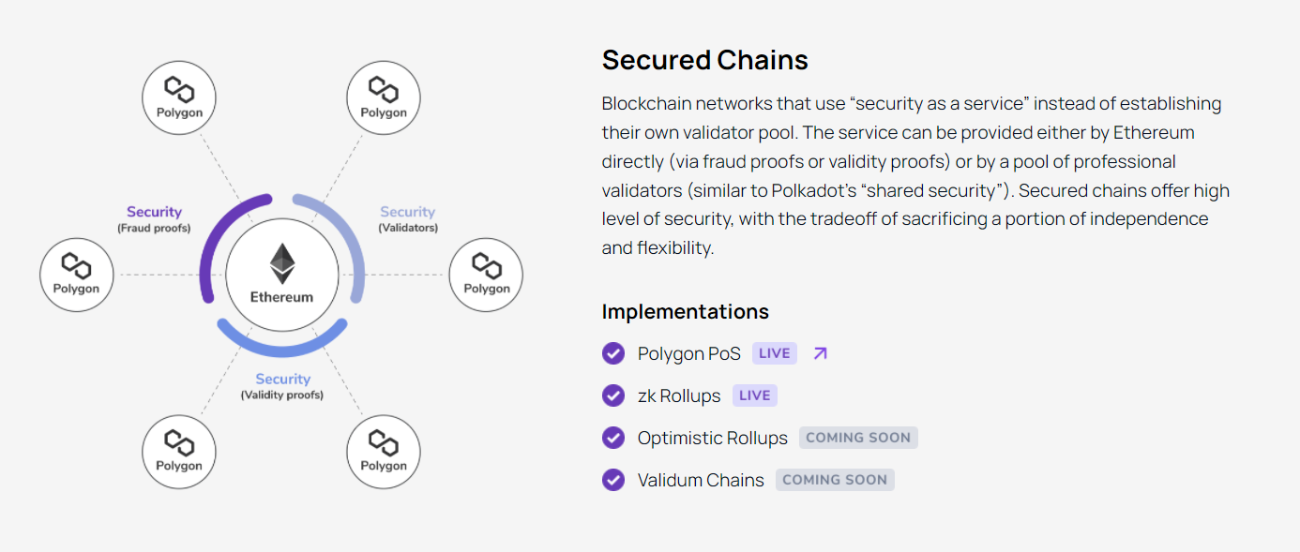
Stand-alone Chains: Are sovereign EVM chains that have their own validator pool. In contrast with Secured Chains, Stand-alone chains have high levels of independence and flexibility but low levels of security.
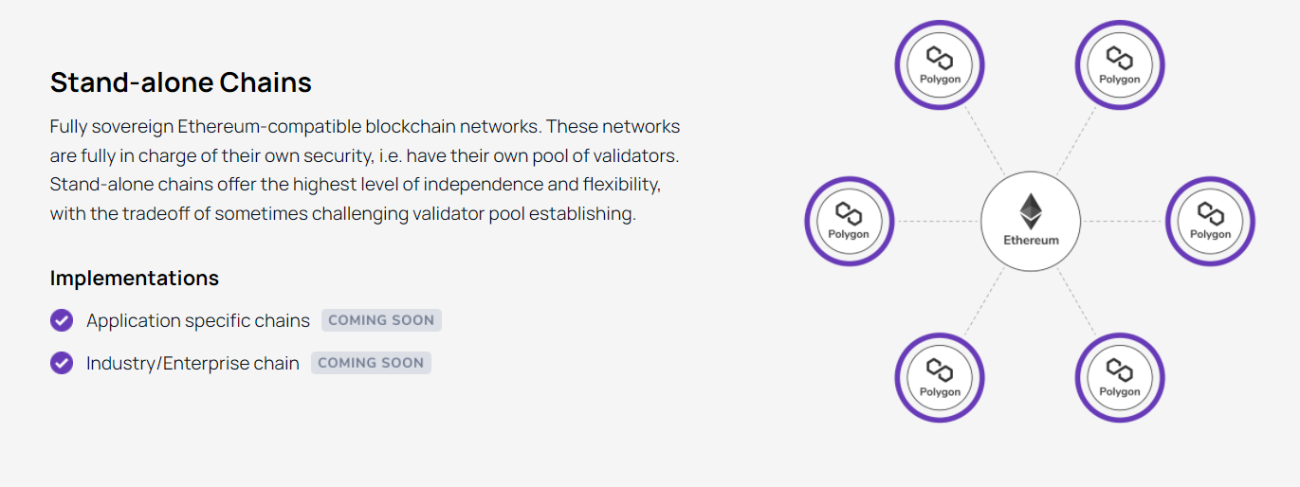
Polygon Ecosystem
Despite being defined as a scalability solution for Ethereum, Polygon also develops its own ecosystem. When the transaction fees on Ethereum were costly, Polygon appeared as a perfect place for users to have a better experience.
Being Ethereum-compatible, Polygon was able to grow at a tremendous rate. In terms of developers, building projects on Polygon is quite effortless as Polygon uses the same language as Ethereum. In terms of users, it takes them a short time to get used to products on Polygon as most of them are pretty similar to those on Ethereum.

Similar to Ethereum but with faster speed and lower transaction fees, Polygon had recorded a dramatic increase in TVL in the first half of 2021.
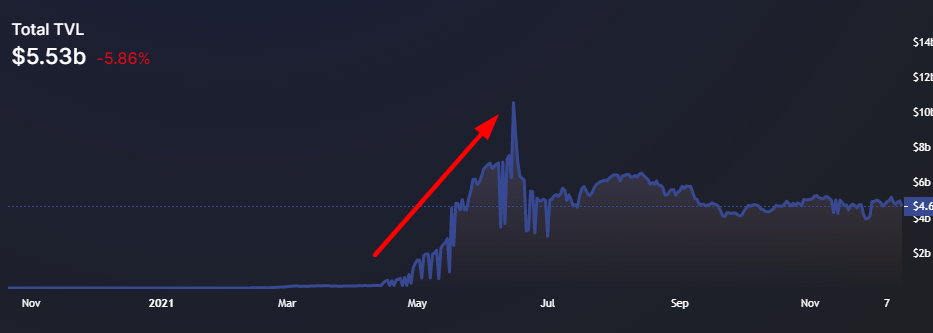
However, in the second half of 2021, many new layers 1 have emerged, still solving the scalability problems and even with many innovations: Terra, Solana, Avalanche,...
Meanwhile, innovation is what Polygon lacks as Polygon is an EVM-compatible chain so it is really easy for developers to copy models from Ethereum to Polygon. Therefore, despite a huge number of projects, many of them are just copies or similar to existing projects on Ethereum.
That explains why the TVL of Polygon in the second half of the year has reduced notably and has not seen any improvement yet.
What is the Polygon Token (POL)?
Token Information POL
- Token Name: Polygon
- Ticker: POL
- Blockchain: Ethereum
- Token Standard: ERC-20
- Smart Contract: 0x455e53cbb86018ac2b8092fdcd39d8444affc3f6
- Token Type: Utility & Governance
- Total Supply: 10,496,230,792 POL
Token POL Allocation
The allocation of POL tokens after the migration from MATIC is as follows:
- MATIC Migration (tokens transitioned from MATIC to POL): ~82.03%
- Community Treasury: ~8.98%
- Validator Incentives: ~8.98%
Use Cases of POL
With the launch of Polygon 2.0, the migration from MATIC to POL is not just a rebrand, but a comprehensive upgrade of the token’s role. POL is designed to unify and secure the entire Polygon ecosystem.
Staking & Ecosystem Security: POL is staked by validators. Unlike before, where validators could only secure a single chain, they can now re-stake POL to secure multiple chains across the Polygon 2.0 network. This strengthens security and efficiency across the multi-chain ecosystem.
Rewards & Incentives: Validators and delegators earn POL rewards for contributing computing resources and maintaining the network. This ensures strong economic incentives to sustain a robust decentralized system.
Community Treasury: A portion of POL is allocated to the Community Treasury, which funds research, grants, new project development, and community initiatives, helping expand the ecosystem and attract wider participation
Governance: POL also serves as a governance token. Holders can vote on long-term economic policies such as inflation rates, budget allocations, and the future direction of the network.